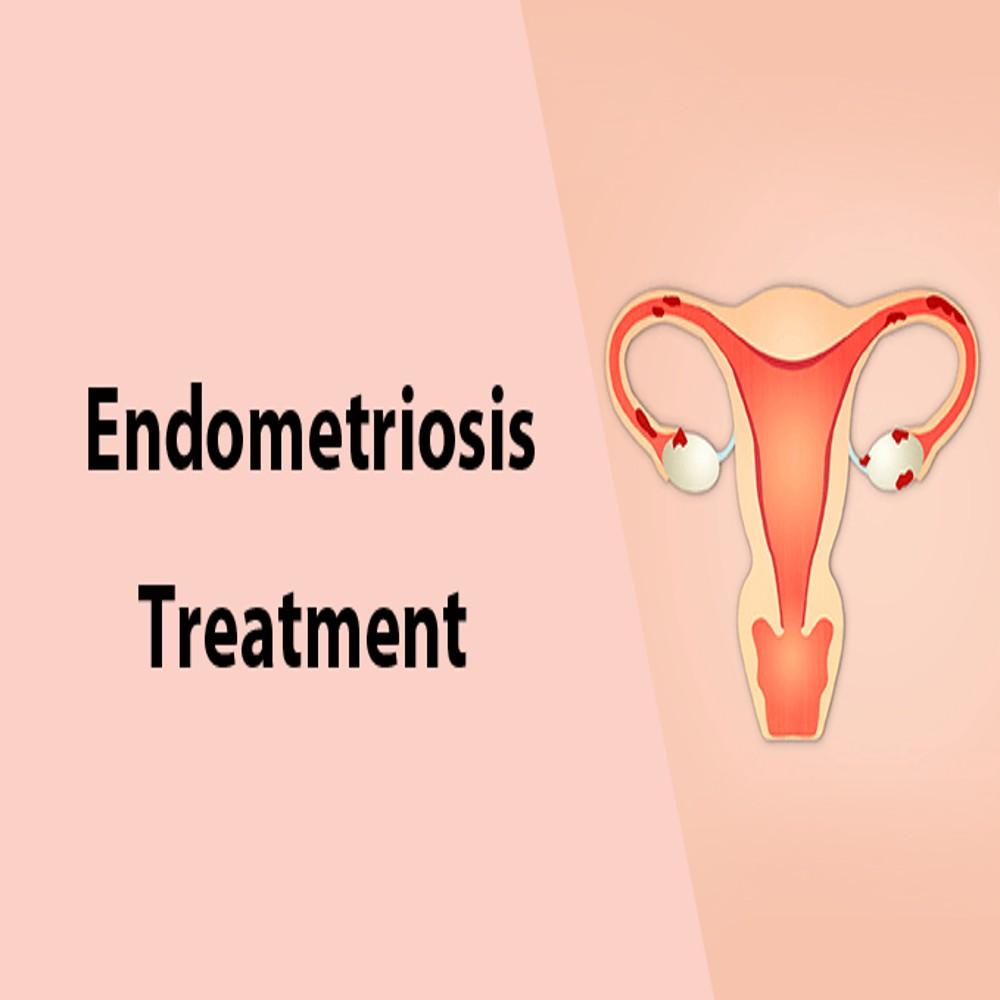The most common symptoms of endometriosis include painful periods, pain with intercourse, painful bowel movements during periods, fatigue, backache, and painful urination during periods. The location and severity of the endometrial growths determine which symptoms a woman experiences. For some women, endometriosis may cause no symptoms at all.
Medical Endometriosis Treatment Options
Medications are usually the first line of treatment tried for endometriosis. The goal of medical treatment is to reduce pain and slow the progression of the disease by stopping ovulation or reducing menstrual flow. Some common medication options include:
- Oral contraceptives (birth control pills): By preventing ovulation, birth control pills can help reduce painful periods and cramping. Combined oral contraceptives containing both estrogen and progestin are most commonly prescribed.
- Progestins: Medications containing only progestin work similarly to stop ovulation and reduce menstrual flow. Progestin-only options include the mini-pill, Depo-Provera injections, and Nexplanon implant.
- Gonadotropin-releasing hormone (GnRH) agonists: Endometriosis Treatment medications trick the body into thinking it is going through menopause, stopping the menstrual cycle and ovulation. However, they can cause menopause-like side effects while on treatment. Common options are Lupron and Synarel.
- Nonsteroidal anti-inflammatory drugs (NSAIDs): Over-the-counter medications like ibuprofen (Advil) and naproxen (Aleve) can help relieve painful cramps and reduce inflammation.
Surgical Endometriosis Treatment Options
If medical treatments do not sufficiently relieve symptoms, surgery may be recommended to remove endometrial growths and scar tissue. Some common surgical options include:
- Laparoscopy: This minimally invasive surgery uses several small incisions and a thin tube with a camera (laparoscope) to view the pelvic organs and remove visible endometrial growths. Recovery time is typically 2-4 weeks.
- Laparotomy: For more extensive or severe endometriosis, an open abdominal surgery (laparotomy) may be needed. This involves a larger incision and longer recovery time of 4-6 weeks.
- Hysterectomy: For women who no longer want children or whose symptoms do not improve after other treatments, a hysterectomy (removal of the uterus) may provide the best long-term relief and prevent future growths. However, this is a major surgery.
- Cystectomy: If endometriomas (chocolate cysts) are present on the ovaries, their removal via cystectomy surgery may help reduce pain.
Alternative Endometriosis Treatment Options
For some women, complementary therapies may help reduce endometriosis pain and symptoms when used along with medical or surgical treatment. Alternative options to consider include:
- Acupuncture: Studies show acupuncture can improve endometriosis pain and symptoms, especially when performed during a woman's period.
- Herbal medicines: Herbs like ginger, turmeric, green tea extracts, and valerian root have anti-inflammatory properties that may ease cramps. However, herbs can interact with medications.
- Pressure point therapy: Applying gentle pressure to certain points on the body can help relieve pain. Common points include inside the wrist and upper back.
- Physical therapy: Classes teach relaxing, stretching, and core-strengthening exercises to improve posture, reduce back pain, and alleviate menstrual cramping.
- Stress reduction: Managing stress through yoga, meditation, massage therapy, and spending time with social support can influence pain levels for some women.
Get more insights on Endometriosis Treatment


